Technical Guide
Take the guesswork out of wiring and cabling with IEWC’s Technical Guide, your trusted companion for all things technical. From beginner-friendly tutorials to advanced material specifications, this page is packed with resources that simplify complex projects. Dive into practical how-to guides, explore industry compliance standards, and uncover troubleshooting tips to overcome challenges with ease. Whether you’re in the electrical, automotive, or industrial sector, our comprehensive library of resources ensures that you’re always equipped with the knowledge to succeed. Make smarter, more informed decisions and ensure the highest quality in your work with IEWC’s expert-backed content.
Wire & Cable Overview
Explore essential insights into wire and cable types, applications, and specifications to ensure the perfect fit for your projects.
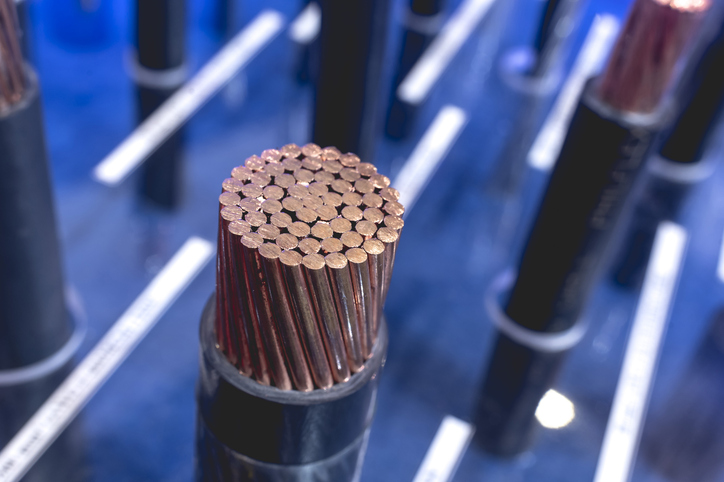
Stranding Classes
Strand construction in wire and cable is crucial because it directly affects flexibility, durability, and electrical performance, impacting the overall reliability and efficiency of the cable in various applications.Learn More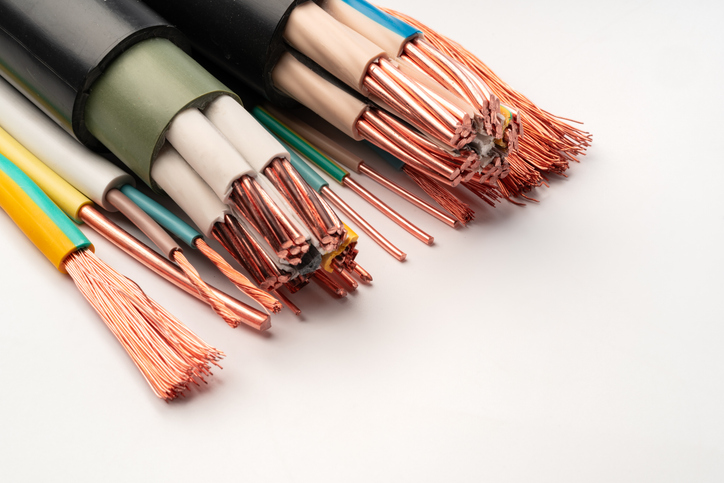
Basic Ampacity Values
Ampacity, or current carrying capacity, is defined as the current a conductor can carry before its temperature rise exceeds a permissible value.Learn More
Welding Cable Ampacities
Welding Cables have specific ampacity, or current carrying capacity, values.Learn MoreThis vs That
Compare products, materials, and solutions side-by-side to make informed decisions for your specific needs.
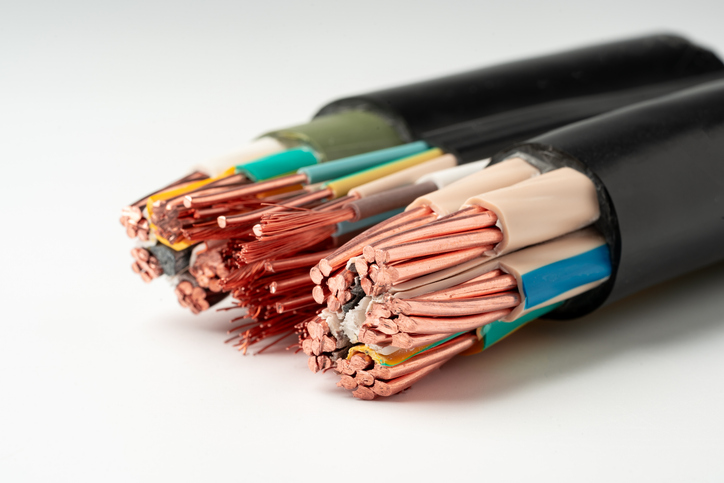
SJOOW vs. SOOW Cable
If you’re looking for multiconductor cords , chances are you’re trying to decide between SJOOW vs. SOOW cords. Both common conductor cables are used in electrical applications, are durable, and ideal for many projects.Learn More
Building Wire Guide - THHN vs. Other
In the world of building wire, there are several common choices available that at first appear quite similar. Learn MoreWhat is?
Discover clear explanations and definitions for key concepts, materials, and technologies in the wiring and cabling industry.
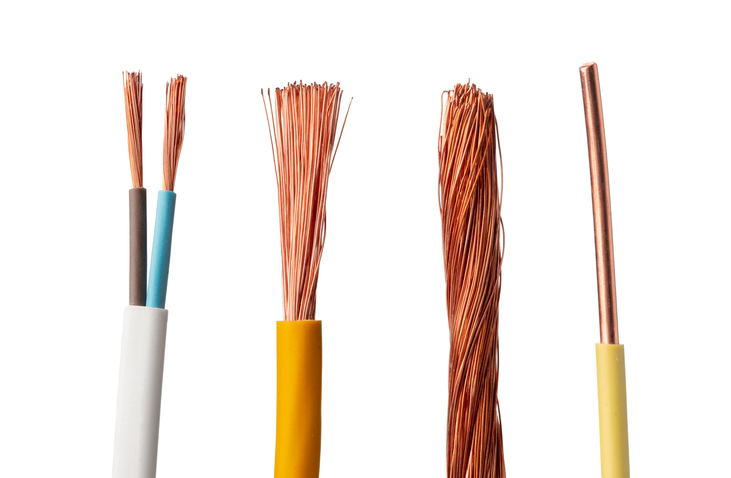
What is a Wire?
Wire refers to a single, usually cylindrical, strand or rod of metal which is used to carry electricity and telecommunications signals. Learn More
Tray Cable
Across industry tray cable (type TC) is a go-to solution that works in some of the harshest indoor and outdoor environments. Tray cable is a strong cable option, with many different features that make it ideally suited for an array of applications. Learn More
Trailer Cable
Trailer cable wires support and supply power for trailer lights and brakes—a crucial job when moving heavy equipment.Learn More
FLR2X Cable for Automotive Wiring
Within the automotive industry, electrical systems are evolving to be more compact, powerful, and thermally demanding, making it crucial for manufacturers to choose the right cable for efficient and reliable processes. Learn MoreStandards & Specifications
Explore essential insights into wire and cable types, applications, and specifications to ensure the perfect fit for your projects.

Industry Organizations & Standards
Understanding industry organizations and standards is essential for anyone involved in manufacturing, installation, or regulatory compliance.Read More
Registered Trademarks
Trademarks are crucial in distinguishing products and services in the wire and cable industry. Read MoreCharts
Access comprehensive charts and reference tables to simplify your wire and cable selection and planning process.
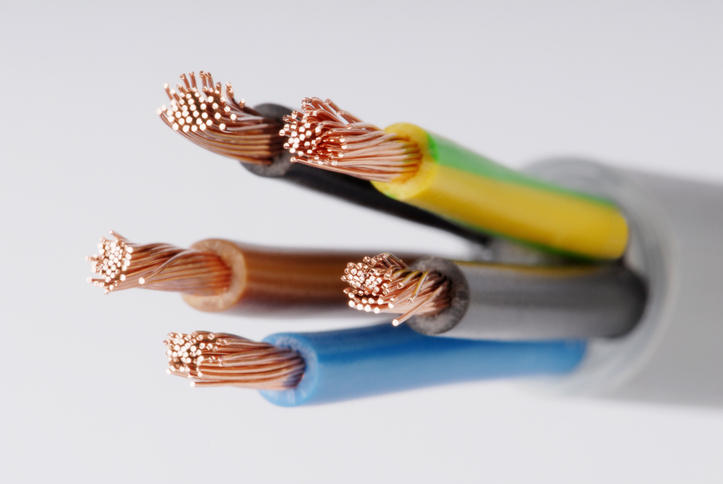
UL, Metric & SAE Strand Charts
Discover additional information on UL, Metric and SAE Strand ChartsLearn More
Metric Conversion Table
In selecting a wire or cable for an application, several factors should be considered including size and conversions. Learn More
Wire Ampacity Chart & Guide
Are you looking for the best wire size for your application? A wire ampacity chart is a critical tool that can help you make the determination. Read MorePopular Types
Explore the most commonly used wire and cable types, their features, and ideal applications for your projects.

Popular Insulation Types
Insulation is a critical component of any wire conducting an electrical current . The right type of wire insulation is determined by numerous factors, including stability, required life, dielectric properties, temperature and moisture resistance, mechanical strength, and flexibility.Learn More


